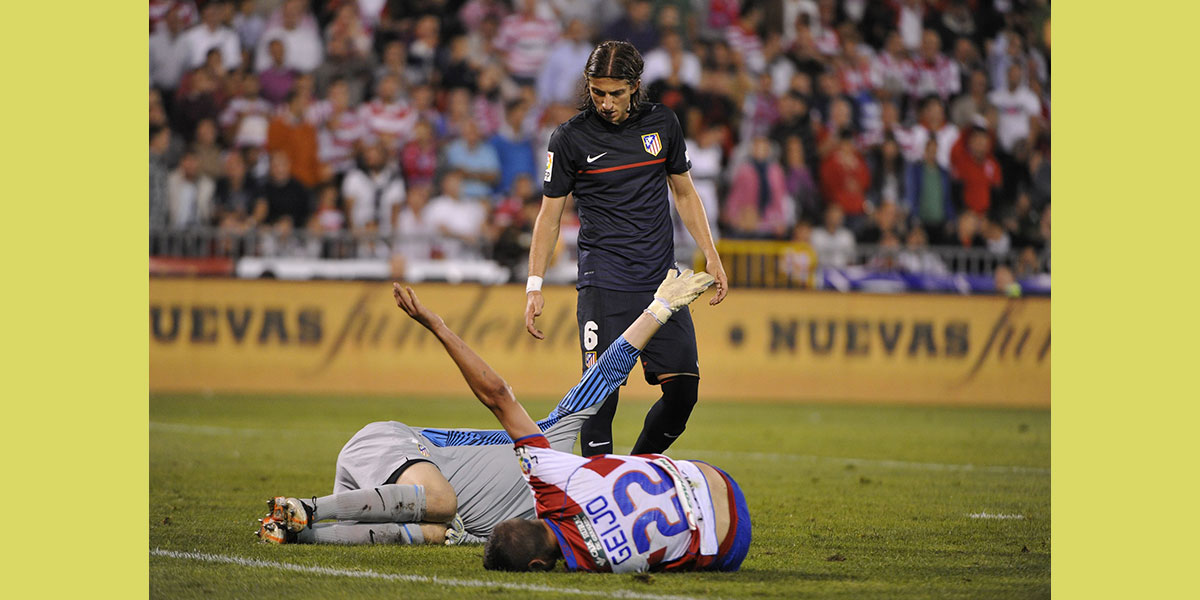Soccer players are often labeled with the stereotype of being soft and weak, especially in America. The statistics of how physically demanding soccer is on the body compared to other sports may come as a shock to many.
Photo provided by Pixabay
__________________________________________________
Soccer runs in my family. It always has. It is what we talk about at the dinner table. It is what we watch together Sunday morning. But far too often I have been made fun of for being a soccer player, being called a “grass fairy” by other athletes and spectators of the sport. At my high school, I was always pushed to play football or pursue basketball at the college level. My weightlifting coaches labeled the soccer players as soft and fragile. That stereotype could not be any further from the truth. Out of all of the sports and physical activities I have participated in, soccer is by far the most difficult on the body. Not to completely downplay other sports, as they all have strenuous physical characteristics, but they do not compare to soccer. According to statistics from Gizmodo, soccer players run between six and seven miles every game. Personally, according to my Fitbit tracker, I cover around 7.5 miles every game I play. Compared to the 1.25-mile average per game for an NFL wide receiver, and 3 miles an NBA player runs, soccer players are far more active. Soccer players are also controlling the ball in tight spaces while running, changing direction and speed throughout the game and maneuvering the ball with their feet as opposed to their hands, which we use for virtually every other task in our lives. There are no timeouts in soccer, and only three substitutions are granted each game. Injured players count toward the three-substitution rule, and if a player is having trouble deciding whether or not he or she can carry on, they must walk off the field until they decide, resulting in their team playing down a player. Then there are the people who call soccer players grass fairies. There is a false belief that soccer is not a contact sport. There is very little protective equipment worn on a soccer field. Shin guards are the only padding that soccer players wear on the field, and players often try to wear the smallest guards possible for comfort reasons. An average sports fan might also forget that soccer players are wearing cleats and sliding and kicking you with those cleats. When the field is wet and the game is played on a grass field, players wear sharpened metal studs in order to have a better grip, and some defenders are taught to slide at your ankles with those studs. If these reasons are not convincing enough, just ask a midfielder or forward to show you the scars on their shins, knees and ankles from the studs. The Bleacher Report ranks soccer as the sixth most physical sport, finishing behind hockey, football, MMA, boxing and rugby. So next time you decide to stereotype a soccer player as soft, think of Lebron James’ theatrics in trying to get calls on the basketball court, or think of how your favorite pitcher was placed on the 30-day disabled list due to a blister.
